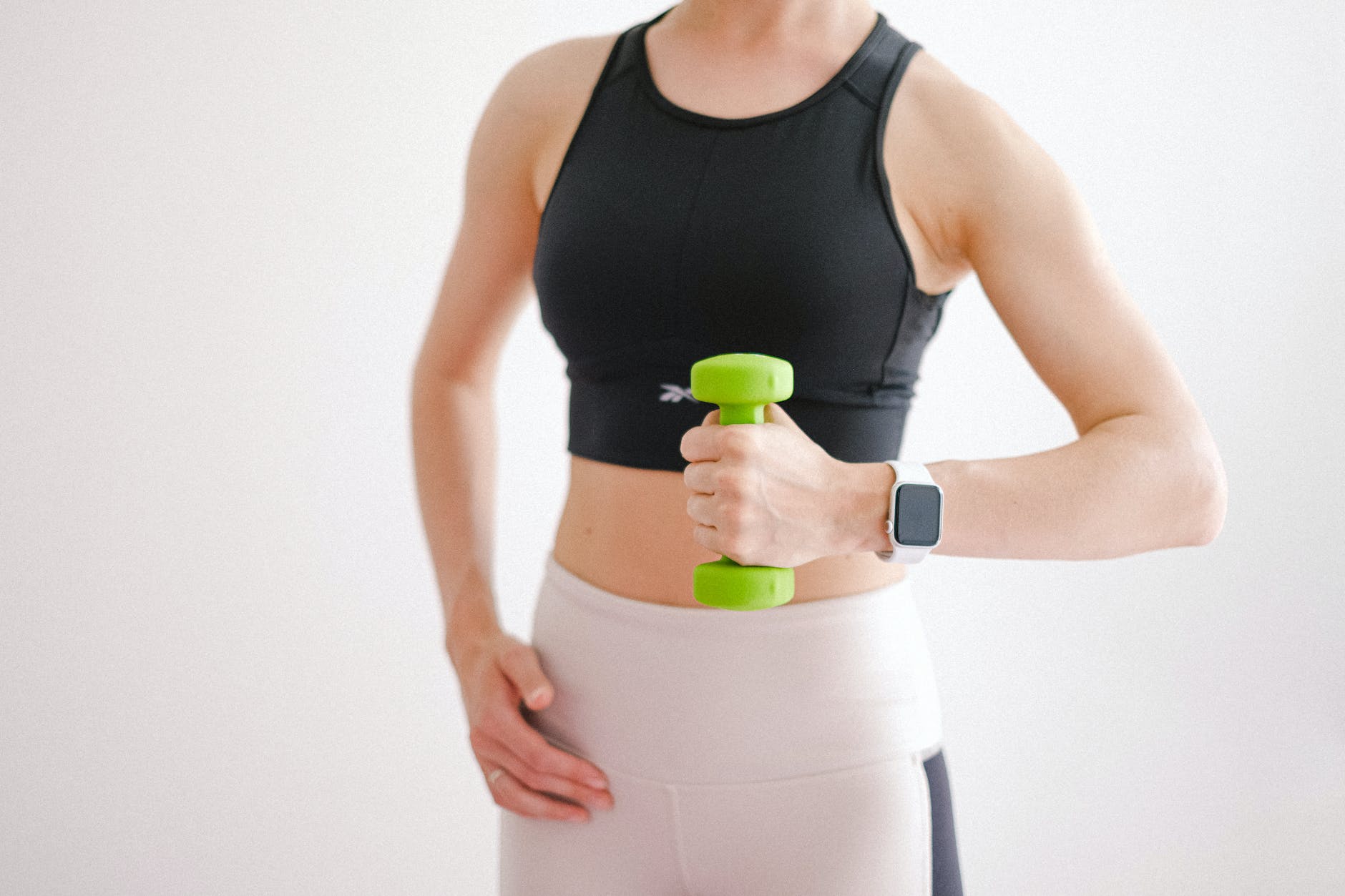
Body fat percentage is a pivotal metric that offers insights into one’s overall health and wellness. Unlike mere weight, which doesn’t distinguish between fat, muscle, bone, and water, body fat percentage provides a more nuanced understanding of body composition. In this guide, we’ll explore the significance of body fat percentage, its healthy ranges for both genders and delve into the top devices available for accurate measurement.
What is Body Fat Percentage?
Body fat percentage is the proportion of fat to the total body mass. It indicates the percentage of your total body composition that is fat, with the remainder being lean mass – muscles, bones, organs, and water. For a deeper dive into understanding body fat percentage, its implications, and its significance, check out this comprehensive guide.
Healthy Body Fat Percentage for Women
Women naturally have a higher body fat percentage than men due to factors like hormones, breasts, and the requirements of childbearing. Here’s a general guideline:
- Essential Fat: 10-13%
- Athletes: 14-20%
- Fitness: 21-24%
- Average: 25-31%
- Above Average: 32% and higher
Body Fat Percentage Chart for Women by Age
| Age Group | Essential Fat | Athletes | Fitness | Average | Above Average |
|---|---|---|---|---|---|
| 20-29 | 10-13% | 14-21% | 22-25% | 26-32% | 33% and higher |
| 30-39 | 10-13% | 15-22% | 23-26% | 27-33% | 34% and higher |
| 40-49 | 10-13% | 16-23% | 24-27% | 28-34% | 35% and higher |
| 50-59 | 10-13% | 17-24% | 25-28% | 29-35% | 36% and higher |
| 60+ | 10-13% | 18-25% | 26-29% | 30-36% | 37% and higher |
It’s important to note that women require a certain amount of essential fat for hormone regulation and other physiological processes.
Healthy Body Fat Percentage for Men
Men require less body fat than women. Here’s a breakdown:
- Essential Fat: 2-5%
- Athletes: 6-13%
- Fitness: 14-17%
- Average: 18-24%
- Above Average: 25% and higher
Body Fat Percentage Chart for Men by Age
| Age Group | Essential Fat | Athletes | Fitness | Average | Above Average |
|---|---|---|---|---|---|
| 20-29 | 2-5% | 6-14% | 15-18% | 19-25% | 26% and higher |
| 30-39 | 2-5% | 7-15% | 16-19% | 20-26% | 27% and higher |
| 40-49 | 2-5% | 8-16% | 17-20% | 21-27% | 28% and higher |
| 50-59 | 2-5% | 9-17% | 18-21% | 22-28% | 29% and higher |
| 60+ | 2-5% | 10-18% | 19-22% | 23-29% | 30% and higher |
While men have lower essential fat percentages, it’s crucial to maintain a healthy range to support hormone production, protect internal organs, and provide energy.
Factors Affecting Body Fat Percentage
Several factors can influence body fat percentage:
- Age: As people age, metabolism slows down, leading to potential increases in body fat.
- Diet: High-calorie diets, especially those rich in processed foods, can lead to increased body fat.
- Activity Level: Regular exercise, especially strength training, can help reduce body fat percentage.
- Genetics: Some people might be genetically predisposed to carry more or less body fat.
Top Body Fat Measurement Devices
With a plethora of devices available in the market, choosing the right one can be daunting. We’ve curated a list of the top 7 body fat measurement devices, offering insights into their features, accuracy, and user reviews. Dive into the detailed comparison to make an informed choice.
Methods and Techniques for Measuring Body Fat
While devices offer a convenient way to measure body fat, several techniques and tools can provide accurate readings. From calipers to hydrostatic weighing, each method has its advantages and limitations. For a thorough understanding of these tools and techniques, explore this in-depth guide.
FAQs on Body Fat Percentage and Measurement
1. Why is body fat percentage considered a better health metric than weight alone? Body fat percentage offers a more comprehensive view of an individual’s health by distinguishing between fat and other components like muscle, bone, and water. It helps in understanding the body’s composition, which can be more indicative of health than just weight.
2. How does age influence body fat percentage? As people age, metabolism tends to slow down, and muscle mass may decrease, leading to potential increases in body fat. It’s common for body fat percentages to rise slightly with age, even if weight remains constant.
3. Are there specific body fat percentage goals I should aim for? Ideal body fat percentages vary based on factors like age, gender, and fitness goals. For instance, athletes might aim for lower body fat percentages for peak performance, while others might focus on a range that’s considered healthy for their age and gender.
4. How often should I measure my body fat percentage? For consistent tracking, it’s advisable to measure body fat percentage every 2-4 weeks. This frequency allows you to monitor changes over time without getting caught up in daily fluctuations.
5. Can diet and exercise significantly influence body fat percentage? Absolutely! A balanced diet and regular exercise, especially strength training, can help reduce body fat percentage and increase lean muscle mass, leading to a healthier body composition.
6. Are there risks associated with extremely low body fat percentages? Yes, extremely low body fat percentages can lead to health issues, including hormonal imbalances, decreased immune function, and increased risk of injuries. It’s essential to maintain a body fat percentage that supports overall health.
7. How do body fat measurement devices work? Most body fat measurement devices use bioelectrical impedance analysis (BIA). This method sends a safe, low-level electrical current through the body, measuring resistance. Since fat and muscle conduct electricity differently, these devices can estimate body fat percentage.
8. Are there other methods to measure body fat percentage besides devices? Yes, other methods include caliper measurements, DEXA scans, hydrostatic weighing, and air displacement plethysmography. Each method has its advantages, accuracy levels, and costs.
9. How do I choose the best body fat measurement device for my needs? Consider factors like accuracy, ease of use, price, and user reviews. It’s also beneficial to understand the technology behind the device and its limitations.
10. Why do different devices sometimes provide varied body fat readings? Different devices may use varied algorithms, sensor placements, and frequencies in their bioelectrical impedance analysis. Consistency in measurement conditions can improve accuracy.
Conclusion
Understanding body fat percentage and having the right tools to measure it is crucial for holistic health. While numbers provide a guideline, a comprehensive approach to health, including a balanced diet, regular exercise, and consistent monitoring, is essential. Remember, every individual is unique, and the goal should always be overall well-being and health.
Blog Tags: Body Fat Percentage, Body Composition, Health Metrics, Fitness Goals, Bioelectrical Impedance Analysis, Body Fat Measurement Devices, Age and Body Fat, Healthy Body Fat Range, Diet and Exercise, Body Fat Tracking.










